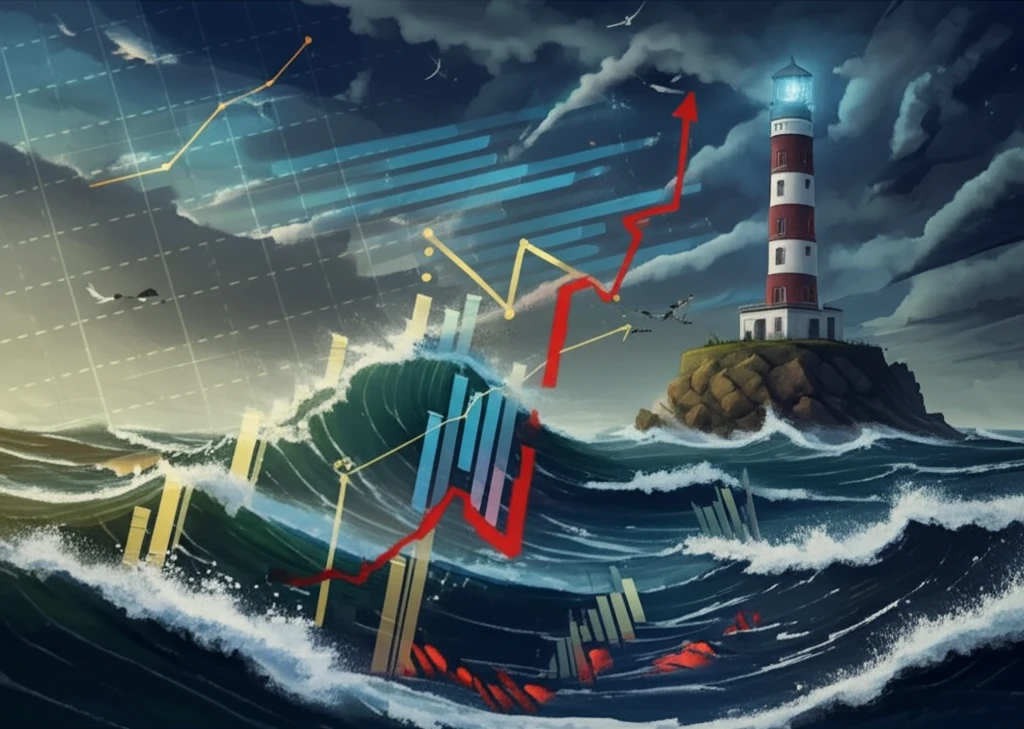
Decoding Economic Uncertainty: How It Impacts Your Wallet and the Spanish Economy
"A deep dive into macroeconomic uncertainty, its measurement, and its ripple effects on everyday financial decisions in Spain and beyond."
In today's interconnected world, economic uncertainty has become a constant companion. From geopolitical events like Brexit and elections to domestic policy shifts, these uncertainties profoundly impact our financial decisions and overall economic stability. Understanding these forces is crucial, especially for individuals and businesses navigating the complexities of the modern economy.
This article delves into the intricate world of macroeconomic uncertainty, with a particular focus on its measurement and impact on the Spanish economy. By analyzing various indicators and their sources, we aim to provide clarity on how these uncertainties manifest and influence financial markets, business strategies, and consumer behavior. This isn't just about abstract economic theory; it's about understanding the real-world implications of uncertainty on your investment choices, spending habits, and financial security.
We'll explore how economists quantify uncertainty, examine its effects during economic booms and recessions, and provide insights into how domestic and global factors contribute to the overall economic climate. Whether you're an investor, a business owner, or simply someone keen to understand the forces shaping your financial future, this analysis offers valuable perspectives on navigating the uncertain economic landscape.
Understanding and Measuring Economic Uncertainty: A Multi-Faceted Approach

Economic uncertainty isn't a monolithic concept; it stems from various sources and manifests in different ways. Economists employ a range of empirical measures to quantify it, each capturing a unique facet of this complex phenomenon. These measures can broadly be categorized into:
- Financial Market Volatility: This involves tracking the degree of fluctuation in financial markets, such as stock prices and exchange rates. A higher volatility generally indicates greater uncertainty. Think of it like this: a calm sea suggests stable sailing conditions, while a choppy sea signals potential turbulence ahead.
- Disagreement Among Economic Agents: This measures the extent to which economists, analysts, and businesses diverge in their expectations about the future. A wider range of forecasts suggests greater uncertainty about the economic outlook. It's like asking a group of friends to predict the weather – if they all give different answers, you know the forecast is uncertain.
- Economic Policy Uncertainty: This focuses on the ambiguity surrounding future government policies and regulations. This can involve tracking news articles, expert opinions, and policy-related events. When the rules of the game are unclear, businesses and individuals become hesitant to make long-term decisions.
Navigating Uncertainty: Key Takeaways for Individuals and Businesses
Economic uncertainty is an inherent part of the modern world, but understanding its sources and impacts can empower individuals and businesses to make more informed decisions. By monitoring key indicators, diversifying investments, and staying informed about policy changes, it's possible to navigate the uncertain economic landscape with greater confidence. While the future remains unpredictable, a proactive and informed approach can help mitigate risks and capitalize on opportunities, ensuring greater financial resilience in the face of economic turbulence.
